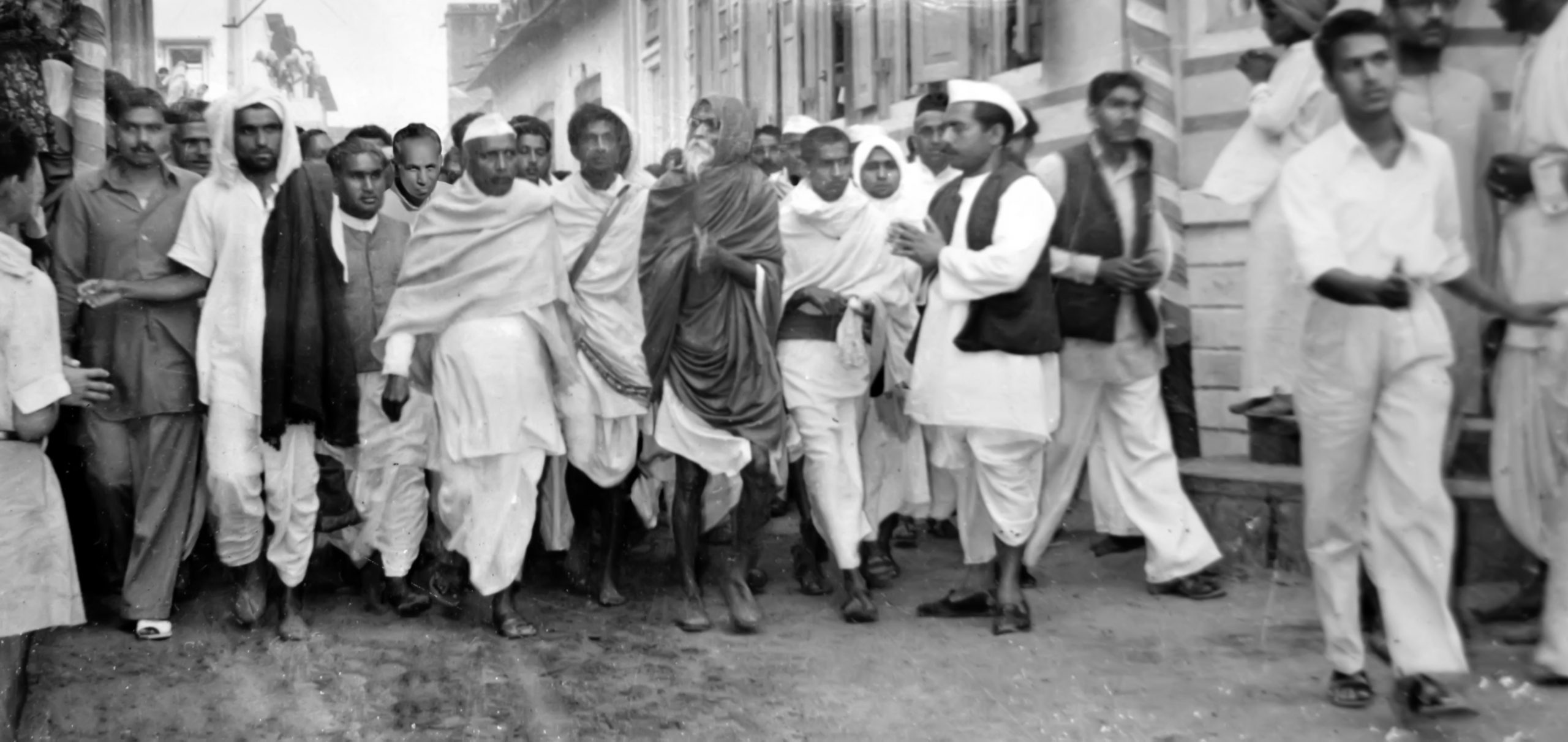News Highlight
Maharashtra village is fighting for the long-forgotten Gramdan Act.
Key Takeaway
- In December 2022, Mendha (Lekha), a village deep within the forest area of Maharashtra’s Gadchiroli district, petitioned the Bombay High Court’s Nagpur bench for Gramdan implementation.
- It is a historic act that arose from Vinoba Bhave’s 1960s movement but has since been forgotten.
- The act delegated broad authorities and responsibilities to the gram-mandal (Gramme Sabha) for village administration, development, and welfare.
- Gramdan is an extension of Gandhian Vinoba Bhave’s Bhoodan movement, which began in 1951.
- While Bhoodan referred to land redistribution from larger landowners to the landless, Gramdan referred to the entire community putting its land under a common trust.
Current Scenario of the Gramdan Act
- Gramdan Act in Different States
- Today, there are 3,660 Gramdan villages in seven Indian states, with Odisha having the most (1309).
- Andhra Pradesh, Bihar, Maharashtra, Rajasthan, Tamil Nadu, and Uttar Pradesh are the other six states.
- To combat encroachment on donated lands in the state, the Assam government repealed the Assam Gramdan Act, 1961.
- Assam Bhoodan Act, 1965, in September 2022 adopted The Assam Land and Revenue Regulation (Amendment) Bill, 2022.
- Assam had 312 Gramdan villages at the time.
- Some Common Features of the Gramdan Act
- At least 75% of the village’s landowners should hand ownership to the village community.
- This land should account for at least 60% of the village’s area.
- 5% of the relinquished land is handed to the village’s landless for agriculture.
- Recipients of such land cannot transfer it without the community’s agreement.
- The rest is still in the hands of the contributors, who can work on it and reap the advantages.
- They cannot, however, sell it outside of the village or to anyone in the village who has not joined Gramdan.
- All cultivators joining Gramdan must pay the community 2.5% of their earnings.
- Concerns
- The statute has lost its applicability in many areas owing to inadequate law enforcement.
- In specific communities, relatives of individuals who gave their land under Gramdan are dissatisfied because they cannot sell it outside the village and label the act “anti-development.”
Gramdan
- Bhoodan Movement
- Vinoba Bhave founded it in 1951 as a sociopolitical organisation in India.
- Vinoba Bhave was a Mahatma Gandhi follower chosen as the first person Satyagrahi and actively participated in India’s Freedom Struggle.
- Following independence, he recognised landlessness was a serious issue for rural India.
- In 1951, he launched the Bhoodan Movement, also known as the land donation movement.
- Objectives
- Its goal was to encourage affluent landowners to give up some of their lands to landless peasants.
- The initiative gained traction when Bhave travelled from village to village, requesting landowners to contribute their land.
- Bhave’s strategy was based on nonviolent philosophy and the belief that landowners should offer their land out of compassion and empathy for the impoverished.
- Gramdan Movement
- The Gramdan Movement, also known as the village gift movement, was the next stage of the Bhoodan movement.
- It attempted to create self-sufficient villages by establishing community land ownership.
- The Gramdan movement encouraged villagers to contribute their land to a village council, which would manage and distribute it to the villagers.
- Many political leaders supported this campaign.
- It was considered a solution to the problem of unequal land distribution in rural India.
- Challenges
- Sometimes, the donated land was infertile or under litigation.
- As a result, enormous tracts of land were acquired, but only a small portion was transferred to the landless.
- It was not successful in locations where landholdings were uneven.
- Furthermore, the movement failed to realise its revolutionary potential.
How is a village declared Gramdan?
- When a village meets all of the basic requirements, such as;
- The contribution of earnings
- The willingness of the majority of the community to engage in the Mission.
- It is designated a Gramdan village, and the Maharashtra Gramdan Act applies to it.
- The village informs the district collector of its decision to execute the Act.
- And the Collector visits the community to inspect and assess their claims.
- These procedures were finished for Mendha in 2013, but the next step of designating it is an autonomous panchayat.
- It was supposed to be done by the state government’s revenue and panchayat ministries but has not been completed.
Conclusion
- The Gramdan Act has become obsolete over time.
- Even thoughts the goal was to encourage wealthy landowners to give up some of their lands to landless peasants.
- The people of Mendha believed it was an effective tool for conserving their natural resources under collectivism and sustainability.
Pic Courtesy: Wikimedia
Content Source: Down to Earth



